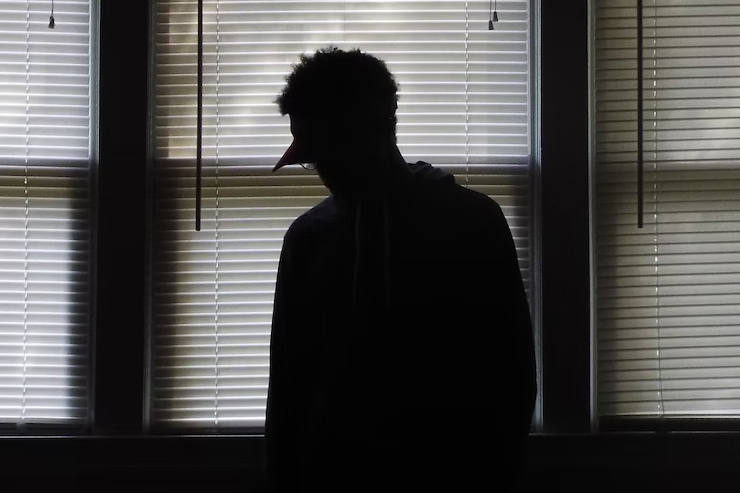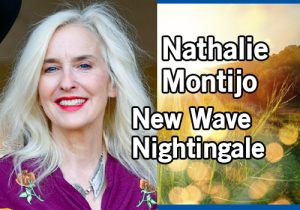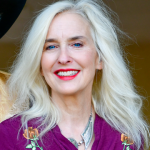What to do when winter’s darkest days bring you down

 CONTRA COSTA COUNTY, CA (Feb. 24, 2023) — In California, the Golden State, we have the luxury of milder winters than most of the rest of the country.
CONTRA COSTA COUNTY, CA (Feb. 24, 2023) — In California, the Golden State, we have the luxury of milder winters than most of the rest of the country.
In our beloved East Bay, we tend to alternate between sunny hot days and sunny cold days – with the operative word being sunny. This, of course, promotes that patented sunny Contra Costa disposition so prevalent among Pioneer readers. All kidding aside, the change of seasons profoundly affects the mental and emotional well-being of a considerable segment of the population.
Seasonal Affective Disorder (SAD) is a challenging pathological condition affecting 0.5% to 3% of Americans with no other mental health diagnosis each year. According to the non-profit group Mental Health America, SAD is much more prevalent among women. Among Americans with a diagnosis of major depressive disorder, the incidence is 10%-20% reaching as high as 25% of those with bipolar disorder.
SAD is a type of depression manifesting as the seasons naturally shift. It generally begins in the fall and ends as signs of spring appear. SAD rarely causes depression in the spring or early summer, resolving as fall and winter weather predominates.
SAD is considered a subtype of depression distinguished by a recurrent seasonal pattern with symptoms persisting an average of 4-5 months per year. The signs and symptoms encompass those of major depressive disorder with some symptoms unique to winter-pattern SAD.
Symptoms to watch out for
Symptoms of major depressive disorder may include:
- Feeling depressed and down much of the time.
- Loss of interest in activities.
- Changes in appetite or weight.
- Insomnia.
- Lethargy, low energy.
- Feelings of hopelessness or worthlessness.
- Difficulty with focus and concentration.
- Frequent thoughts of death or suicide.
- Symptoms specific to winter-pattern SAD may include:
- Oversleeping (hypersomnia).
- Overeating, especially with a craving for carbohydrates.
- Weight gain.
- Social withdrawal with a drive toward “hibernating.”
Winter-pattern SAD is thought to be triggered by the shortage of sunlight disrupting circadian rhythms (sleep-wake cycles) in susceptible people. These individuals have difficulty adapting their sleep-wake cycles to match the night-day cycle of winter months, resulting in disruption in sleep, mood and behavior.
The reduction of sunlight in fall and winter also precipitates changes in body chemistry, lowering levels of the neurotransmitter serotonin, linked to depression, and increasing levels of the hormone melatonin, which affects circadian rhythm and promotes sleep.
Treatment for SAD is dependent upon the severity of symptoms but nearly always includes a concerted effort to spend time (safely) in sunlight. Those with mild symptoms can benefit from engaging in pleasurable activities and eating a healthy diet. It is best to dial back the carbs as a rule.
Those with more severe symptoms should absolutely seek medical intervention, which may include light therapy, cognitive behavioral therapy and vitamin supplements – including judicious use of Vitamin D. Antidepressant therapy may be warranted in some cases, but this requires close monitoring by a licensed clinician.
Slowing the pace
The urge to semi-hibernate and engage in winter introspection is normal, and it is perfectly fine to slow one’s pace during the season. In fact, it can be restful and lead to a burst of rejuvenating energy when the exuberance of spring emerges. It is only a problem if this natural drawing inward and slowing down becomes upsetting and/or incapacitating.
We should all remember to check in on ourselves and our loved ones as it truly takes a village to maintain mental and emotional wellbeing and no one should suffer alone in darkness.
Email comments and questions to Nathalie at newwavenightingale@gmail.com.
Read more ‘New Wave Nightingale’ columns by Nathalie, click here.

Nathalie Montijo
Nathalie Raven Archangel-Montijo holds a rather interesting array of degrees and certifications, including master’s in nursing and traditional Chinese medicine (TCM). She has post-master certification as an adult geriatric primary care nurse practitioner (AGPCNP) and a license to practice acupuncture in California (L.Ac). To round all that out, she is certified in infection prevention and control (CIC) and as an advanced certified Hospice and palliative care nurse (ACHPN).
She also performs in the outlaw country band, Nineteen Hand Horse.
